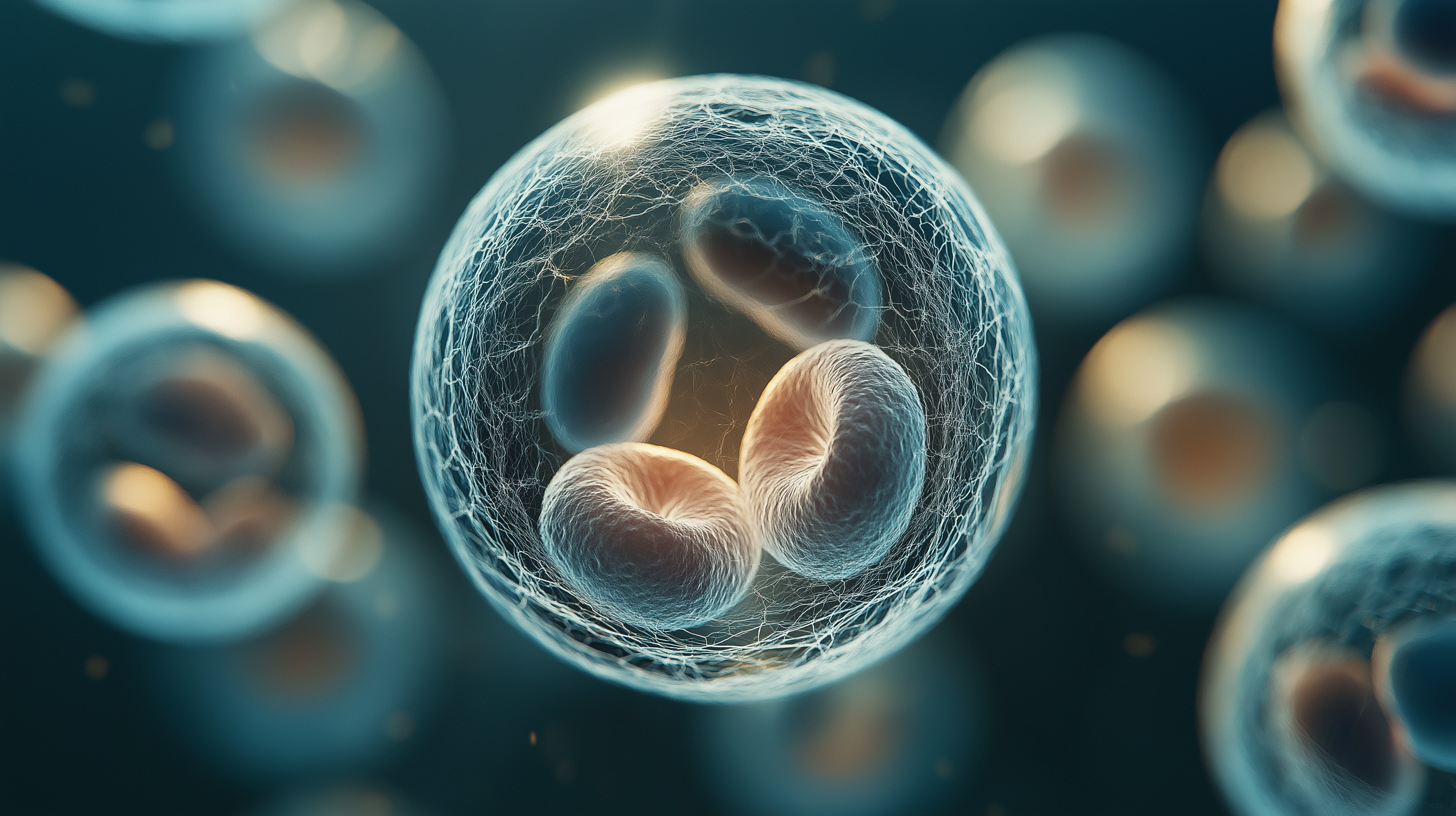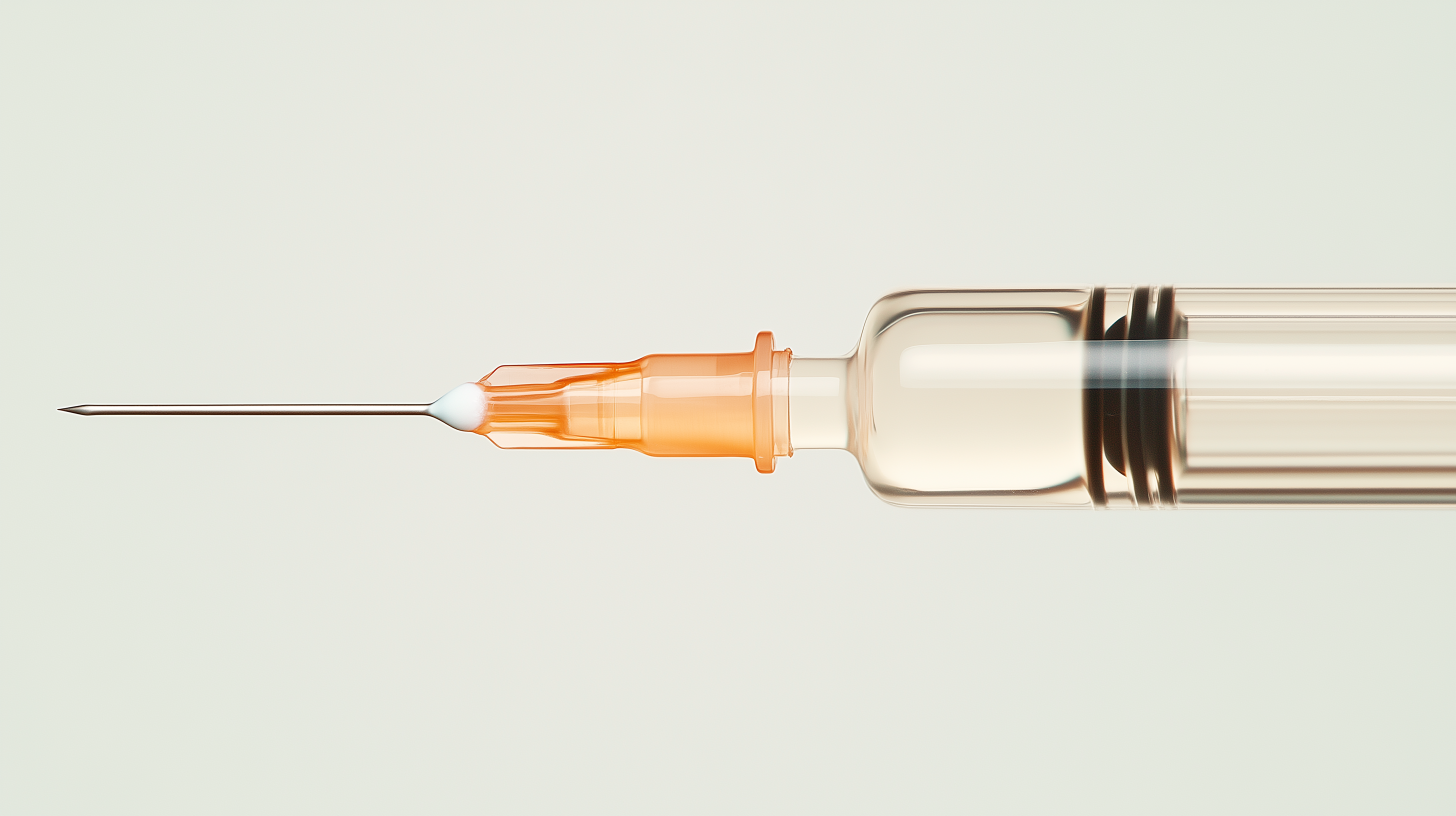The world of aesthetic surgery is rapidly evolving, with stem cell therapies becoming a topic of great interest and debate. Many clinics and surgeons now claim to offer stem cell-based treatments, but what exactly are they using, and what evidence supports their effectiveness? Understanding what stem cells are, where they come from, and what they can - and cannot - do is essential for patients seeking safe and meaningful results. This article aims to clarify these points and guide you in making informed decisions.
What Are Stem Cells?
Stem cells are unique in that they possess the remarkable ability to develop into many different types of cells in the body. Unlike other cells, which have specific functions, stem cells can replicate indefinitely and differentiate into specialised cell types such as skin, muscle, bone, and nerve cells. This regenerative capability is what makes them so valuable in medical and cosmetic treatments.
There are several types of stem cells, but the two most relevant categories for aesthetic surgery are embryonic stem cells and adult stem cells:
- Embryonic Stem Cells: These come from early-stage embryos and have the potential to develop into any cell type in the body. Due to ethical concerns and regulatory restrictions, they are not used in aesthetic surgery.
- Adult Stem Cells: These are found in various tissues, including bone marrow and fat. They are more limited in the types of cells they can become but are widely used in clinical applications, including cosmetic procedures.
One particularly valuable source of adult stem cells for aesthetic surgery is adipose tissue, or body fat. Adipose-derived stem cells (ADSCs) are a subtype of mesenchymal stem cells that can be easily harvested through liposuction procedures. These cells are rich in regenerative properties and play a crucial role in many cosmetic treatments.
Another important category is induced pluripotent stem cells (iPSCs), which are created by reprogramming adult cells to behave like embryonic stem cells. While promising for research, they are not yet widely used in aesthetic surgery.
Where Do Stem Cells Come From in Aesthetic Surgery?
In most aesthetic procedures, stem cells are harvested from the patient’s own fat tissue. This process typically involves a gentle liposuction technique to collect fat from areas such as the abdomen, thighs, or flanks. The fat is then processed in a laboratory setting to isolate and concentrate the adipose-derived stem cells (ADSCs).
Because these cells come from the patient’s own body, the risk of allergic reactions or immune rejection is minimal. This makes ADSCs particularly attractive for use in cosmetic treatments.
What Can Stem Cells Do in Aesthetic Surgery?
Stem cells are primarily valued for their ability to promote tissue repair and regeneration. Below are some key ways they are used in aesthetic procedures:
1. Fat Grafting and Volume Restoration
One of the most common applications of adipose-derived stem cells is in fat grafting procedures. In this treatment, fat enriched with ADSCs is injected into areas that require volume restoration, such as the face, breasts, or buttocks.
The presence of ADSCs helps improve the survival and integration of the transplanted fat, leading to more natural and long-lasting results.
2. Skin Rejuvenation
Stem cell therapies can stimulate collagen production and promote the regeneration of skin cells, leading to a smoother, firmer, and more youthful complexion. This is particularly useful for treating signs of ageing such as wrinkles, fine lines, and sagging skin.
A common method involves combining ADSCs with platelet-rich plasma (PRP) and injecting the mixture into the skin or applying it topically after microneedling.
3. Hair Restoration
Stem cell therapy is emerging as a potential solution for hair loss. By injecting ADSCs into the scalp, dormant hair follicles may be reactivated, leading to thicker and fuller hair growth.
This treatment is often combined with PRP to enhance effectiveness.
4. Scar Improvement
Stem cells can help improve the appearance of scars by promoting healthy tissue regeneration and reducing inflammation. Stem cell-enriched fat grafting is sometimes used to fill in depressed scars, blending them with surrounding skin and stimulating repair.
5. Wound Healing
By reducing inflammation and promoting the formation of new blood vessels, adipose-derived stem cells can accelerate the recovery process after surgery or injury.
What Stem Cells Can’t Do
While stem cells offer exciting possibilities, it’s important to understand their limitations:
- Immediate Results: Stem cell treatments often require time for results to develop, as the regenerative processes they stimulate occur gradually.
- Complete Reversal of Ageing: Stem cells can improve skin texture and volume but cannot completely halt or reverse the natural ageing process.
- Guaranteed Success: Not all patients respond to stem cell treatments in the same way, and results may vary.
- Replacement of Surgical Procedures: While stem cell treatments can complement surgery, they are not a substitute for more traditional surgical interventions in cases where significant tissue correction is needed.
What to Expect as a Patient
If you are considering a stem cell-based aesthetic procedure, here’s what you can typically expect:
- Consultation: Your surgeon will assess your concerns and suitability for stem cell treatments, explaining the procedure and any associated risks.
- Procedure: Fat harvesting through liposuction is followed by processing to isolate stem cells, which are then injected into the target areas.
- Recovery: Downtime varies depending on the procedure but is generally minimal.
- Results: Improvements often develop over several weeks to months.
Risks and Considerations
As with any medical procedure, there are risks involved, including infection, bruising, swelling, and asymmetry. However, because adipose-derived stem cells are autologous (from your own body), the risk of adverse reactions is low.
It is essential to choose a qualified and experienced surgeon who understands both the potential and limitations of stem cell therapies. Be cautious of clinics making exaggerated claims or offering unproven treatments.
The Future of Stem Cells in Aesthetic Surgery
Research into stem cells continues to advance, promising further innovations. Scientists are exploring ways to enhance their effectiveness, develop new delivery methods, and combine stem cells with other regenerative therapies.
Stem cell technology has been around for some time, and it's clear that some of the more outlandish claims about what they can achieve have not come to pass. However, their role in aesthetic surgery is maturing into a very useful adjunct to both surgical and non-surgical therapies. As someone with a background in research, I understand the balance between potential and practicality when it comes to these treatments.
If you are interested in exploring stem cell treatments for aesthetic purposes, I’d be happy to have that conversation with you during the consult. Together, we can determine the best approach to help you achieve your aesthetic goals while prioritising your safety and well-being.



